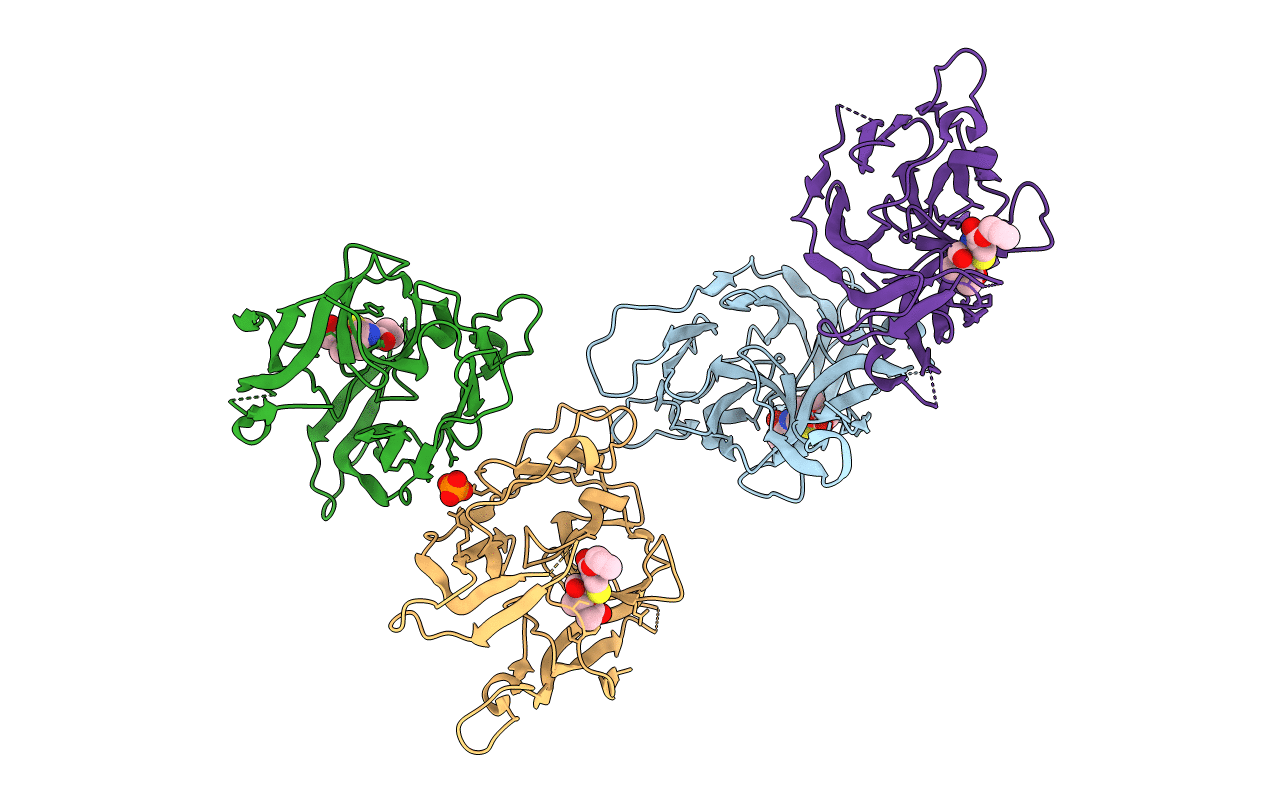
Deposition Date
1999-11-24
Release Date
1999-12-10
Last Version Date
2024-11-13
Entry Detail
PDB ID:
1B12
Keywords:
Title:
CRYSTAL STRUCTURE OF TYPE 1 SIGNAL PEPTIDASE FROM ESCHERICHIA COLI IN COMPLEX WITH A BETA-LACTAM INHIBITOR
Biological Source:
Source Organism:
Escherichia coli (Taxon ID: 469008)
Host Organism:
Method Details:
Experimental Method:
Resolution:
1.95 Å
R-Value Free:
0.24
R-Value Work:
0.22
R-Value Observed:
0.22
Space Group:
P 21 21 2


